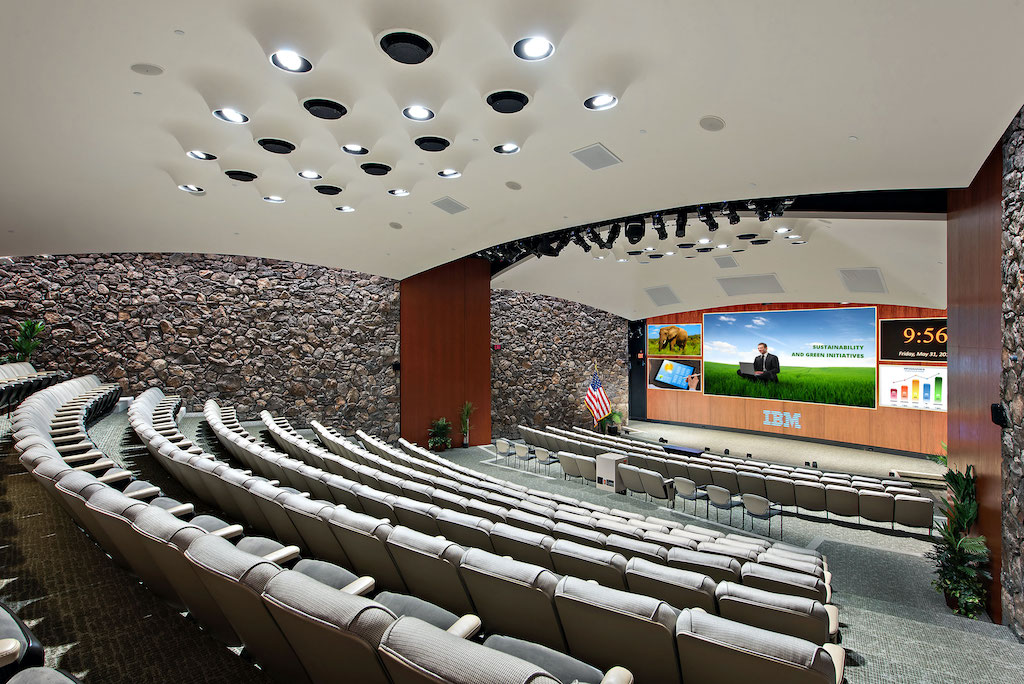The initial step in guaranteeing color precision is comprehending how LED systems works. LEDs, or light-producing diodes, generate light in various colors by combining red, green, and blue (RGB) light. Each pixel on an LED wall consists of these three hues. When tuned properly, the mix of RGB can create a wide range of colors. However, if one hue is too intense or too faint, it can distort the entire display. This is why calibration is necessary to balance the colors and achieve the desired graphic result.
Tuning entails adjusting the settings of the LED screen to ensure that the hues shown correspond the initial material as closely as feasible. This process usually involves using specific software and hardware tools. Technicians frequently use color measurement devices, such as spectrophotometers, to examine the colors being shown. By contrasting the measured see here hues to standard color values, they can make exact modifications. This ensures that the hues are not only lively but also consistent across the whole screen.
Another crucial aspect of color precision is comprehending the environment in which the LED screen is used. Elements such as surrounding light can significantly affect how colors look. For example, a well-lit lit room may fade colors, making them look less lively. To counteract this, technicians may modify the brightness and differentiation settings of the LED wall. Additionally, they may choose specific color profiles that are more suited for various lighting conditions. This flexibility helps maintain color precision irrespective of the viewing surroundings.

Ultimately, routine upkeep and re-tuning are essential for maintaining an LED screen looking its best. Over time, the performance of LEDs can alter due to elements like aging and temperature fluctuations. Frequent inspections and modifications can help ensure that the hues remain accurate and lively. By investing time in proper tuning and upkeep, venues can offer audiences with breathtaking graphic presentations that enhance their total experience. Perfecting color precision in LED wall tuning is not just a mechanical task; it is an expertise that adds to the magic of visual narration.